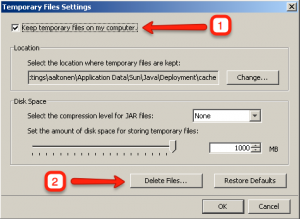The standard tape backup script keeps a number of log files that are accessible to the system administrator. To view the log files, log into your server as root and run the following commands. You may also configure the backup script to send an email every time the backup is run.
/tmp/backup.err contains the output from the tape backup command
cat /tmp/backup.err
The log for a successful tape backup will show output similar to the following, which indicates that 12 GB of data was backed up.
Total bytes written: 12501135360 (12GiB, 5.4MiB/s)
/tmp/backup.chk contains the start and stop timestamps for the tape backup operation
cat /tmp/backup.chk
The following log file indicates the backup ran for 30 minutes.
Backup started at: Mon Feb 22 21:00:05 EST 2010 Backup ended at: Mon Feb 22 21:30:11 EST 2010
/tmp/snapsave.log logs database suspension and snapshot operations:
cat /tmp/snapsave.log
This log file shows whether successful snapshot and/or backup processes took place, and details the database and snapshot operations taking place. This is very useful for troubleshooting backup issues.
The following excerpt from snapsave.log is an example of a successful tape backup:
Mon Dec 12 20:00:02 EST 2011: Starting tape backup to /dev/st0 Mon Dec 12 21:33:11 EST 2011: Checking Snapshot: LV VG Attr LSize Origin Snap% Move Log Copy% Convert lvol0 datavg swi-ao 512.00M u2 6.73 lvol1 datavg swi-ao 4.25G pdw 0.33 lvol2 datavg swi-ao 5.76G eclipse 9.42 lvol3 datavg swi-ao 512.00M ereports 0.21 Mon Dec 12 21:33:11 EST 2011: Ending tape backup to /dev/st0
